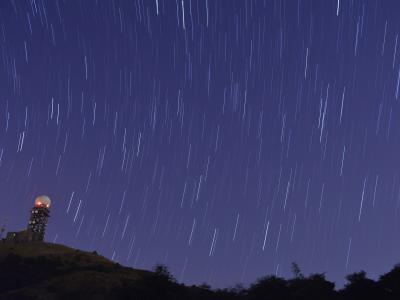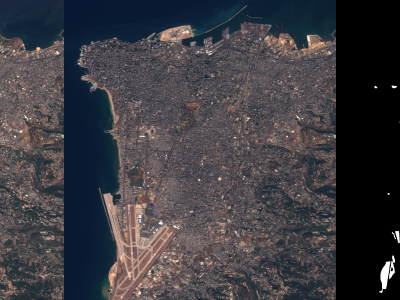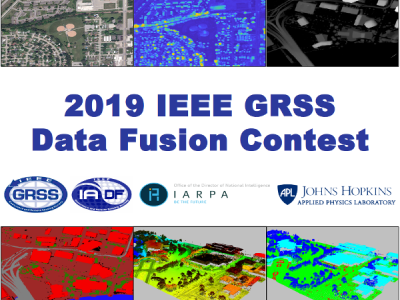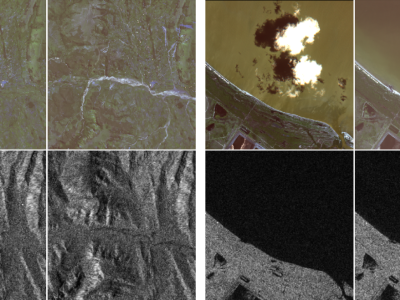Unraveling Overlying Rock Fracturing Evolvement for Mining Water Inflow Channel Prediction: A Spatiotemporal Analysis Using ConvLSTM Image Reconstruction

- Citation Author(s):
- Submitted by:
- Huichao Yin
- Last updated:
- DOI:
- 10.21227/v681-9x53
- Research Article Link:
 119 views
119 views
- Categories:
- Keywords:
Abstract
In underground mining process, the evolution of fissures, fractures, and breakages in overlying rock strata can lead to water inrush and many other serious risks including rock bursts, roof collapses, and ground subsidence. Since directly observing strata behavior is challenging, downscaled similar material simulations are often relied upon as a proven effective method for strata pattern analysis. Traditionally, mere visual inspection or stress and displacement monitoring of the simulation have been employed for risk analysis and often causes imprecise and subjective interpretations. With recent advancements in deep learning image processing models which enabled quantitative studies on variation dynamics of image sequences, this study proposes a novel method for analyzing strata behavior patterns by applying the spatiotemporal data feature extracting capability of the ConvLSTM model on a carefully conducted similar material experiment. The approach involves reconstructing the pre-processed image sequence data using ConvLSTM, thereby predicting and enhancing visual inspection by dynamically highlighting major strata fracture and breakage evolvements. Critical periods of rapid strata behavior are also reliably identified by thresholding the reconstruction errors. Additionally, high-risk areas in each critical period are delineated using image differentiation and the fast Non-local Means (NLM) denoising algorithm. While other applicable models including ConvLSTM-AutoEncoder (ConvLSTM-AE) and TCN-AutoEncoder (TCN-AE) also perform well, the predictive ConvLSTM model stands out with its superior reconstruction visual distinctiveness and model stability in the analysis. Withprovided valuable spatiotemporal information for understanding mining-induced strata behavior patterns, the obtained promising results offer precise dynamic guidance on predicting the formation of water inflow channels.
Instructions:
The supporting information consists the specific strata layering information and the material weight proportions designed to best replicate the actual overlying strata formations of the mining site, following generic principles of similar material experiment. It also contains animated figures of the original and reconstructed image sequences.








Kindly give access